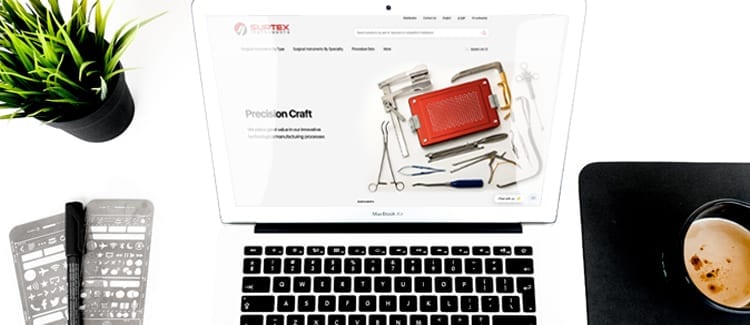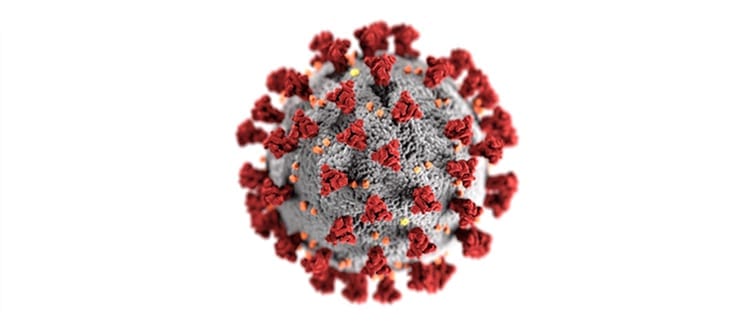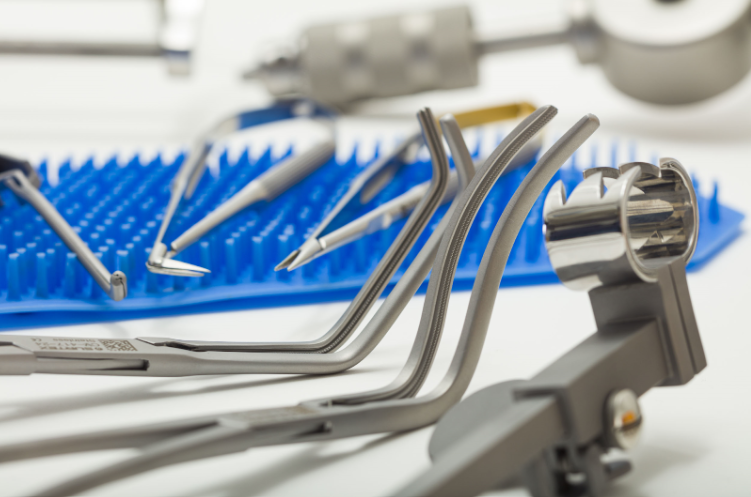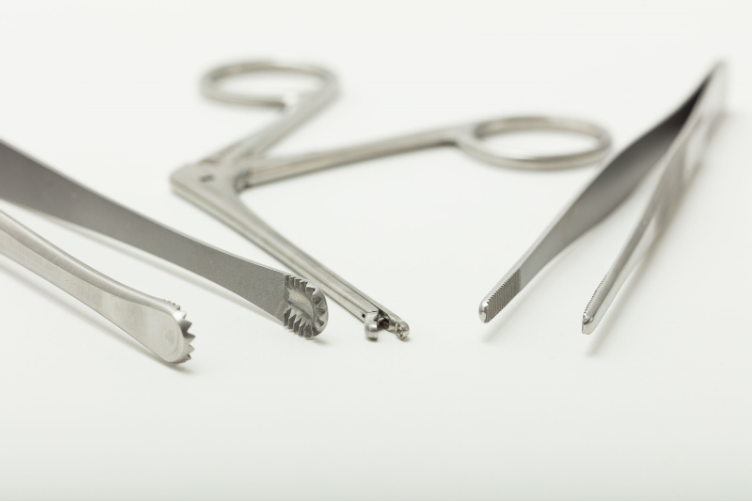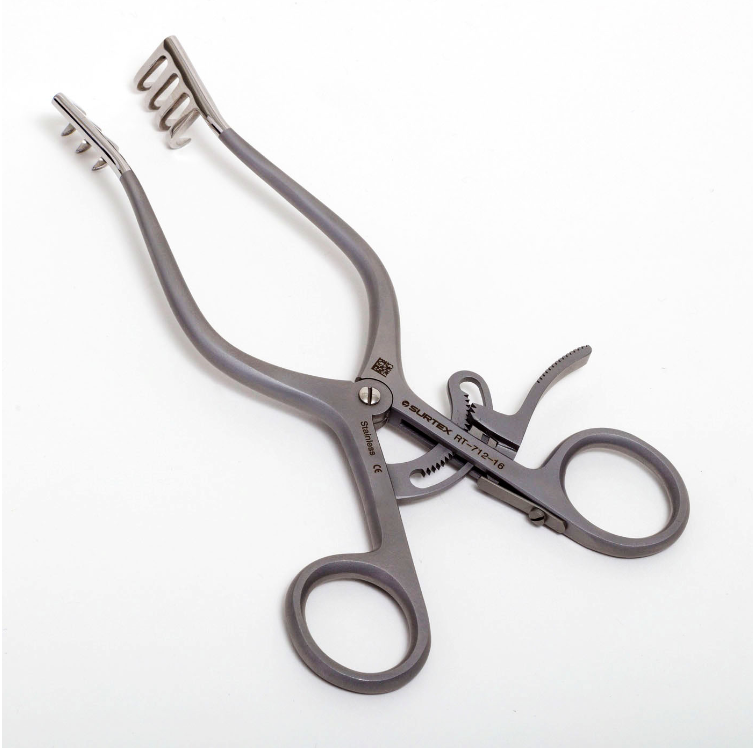Basic types of surgical instruments and their applications

With the variety and complexity of surgical techniques, surgeons use different instruments to optimize their performance. To date, thousands of surgical instruments were developed to assist professional surgeons to perform their operations. Some surgical instruments are designed for general use in different types of surgery, whereas others are highly-specific and used for particular surgeries. Given the high number of surgical instruments employed, young surgeons may find a challenge in identifying and acquiring adequate knowledge about all instruments. However, a simple classification of surgical instruments helps in facilitating this process. Surgical instruments are basically classified according to their function. They are used for cutting, dissecting, holding, grasping, occluding, clamping, retracting, suturing, dilating, …. etc. This article will review the basic types of surgical instruments and their clinical applications. Surgical instruments are classified according to their functional usage into the following categories:
-
Cutting and dissecting surgical instruments:
Many surgical instruments are used for cutting skin, soft tissue, and even bones, or dissecting tissues through their anatomical planes. Some of these instruments are disposable such as scalpels and blades, whereas others are reusable such as knives. Blades of different sizes are used for particular operations. For instance, vascular surgeons commonly use blade 11 to puncture large arteries e.g., aorta, ENT surgeons use blade 12 for tonsillectomy, and plastic surgeons use blade 15 for their operations. Some instruments are designed for dissecting tough tissues such as Mayo scissors commonly utilized by obstetricians and gynecologists for cutting ligaments, while others are designed for dissecting delicate tissues such as Metzenbaum scissors used by plastic surgeons for dissecting intestinal mesentery. Bone curette exemplifies a common instrument in this group that is used by neurosurgeons and orthopedic surgeons for laminectomy in intervertebral disc surgeries. Other examples of surgical instruments used for cutting or dissecting are bone cutters, snares, blunt dissectors, biopsy forceps and bunches.
-
Grasping and handling surgical instruments:
Surgeons use certain instruments to grasp or hold tissues to help to have a closer view of their surgical field. The most common surgical instruments used for this purpose are forceps (including tissue forceps, smoothed forceps, toothed forceps, Allis forceps, Babcock forceps, and stone forceps), tenaculum and bone holders. Rat toothed forceps is a common surgical instrument used by general surgeons to grasp skin. Babcock forceps is used for grasping intestine and towels, and Allis forceps is used by obstetricians for colporrhaphy (anterior and posterior repair).
-
Clamping and occluding surgical instruments:
Those instruments are mainly used for clamping blood vessels and/or other tissue to get them away from the field during surgical procedures. They include hemostatic forceps, hemostats, crushing clamps, and non-crushing vascular cramps.
-
Retracting and exposing instruments:
Retractors assist surgeons to have a better visualization of the surgical field. Surgeons retract tissues away without traumatizing them through using those instruments. Balfour abdominal retractor is a common example of surgical instruments used in laparotomy for this purpose. Other examples include Army navy and Farabeuf retractor. Some retractors, such as GELPI perineal retractor, are self-retaining, thus facilitating operative field visualization. Finochietto is a bone retractor used for sternotomy operations. Hooks, such as skin, bone or spay hooks, are used to retract skin edges in wide-flap dissection in mastectomy or face-lift operations. Some of these hooks are designed with rounded tips to minimize tissue trauma.
-
Instruments for improving visualization:
Special instruments are designed to view deep structures that cannot be seen externally. Speculums, endoscopes (hollow and lens endoscopes), anoscopes (for visualizing anus) and proctoscopes (for viewing anus and rectum) exemplify instruments of this category.
-
Suturing and stapling surgical instruments:
Suturing, as well as stapling, instruments are designed to bring the edges of the skin and/or soft tissue adjacent together. The typical suturing kit is composed of a suturing material, a needle, a needle holder, a toothed forceps, and a fine suturing scissor. Instruments with tungsten carbide jaws are used to eliminate turning and twisting of the needle, enhance instrument life and enable a better grip and balance. Crosshatched serrations provide a smooth surface for the needle to prevent damage, and smooth jaws are used with small needles such as those used for plastic surgeries. Staplers and clip appliers are other instruments that can be included in this category. Staplers can be used for stapling terminal end, internal anastomosis, and ends to ends.
-
Suctioning and aspiration instruments:
Surgical and dental fields may be filled with blood and copious amount of fluids that obscure the underlying structures. Surgeons, thus, use particular instruments to remove these fluids from their filed, for instance, Poole abdominal tips used in laparotomy, Frazier tip used in brain and orthopedic operations, and Yankauer suction tip used for oropharyngeal procedures.
-
Dilating and probing instruments:
Dilating instruments are used to expand the size of an orifice such as the cervical os or the urethra. Dilators have different calibers ranging from small to large; surgeons start to use small dilators and gradually increase the size of the dilator inserted to expand the orifice. Probes, on the other hand, are inserted into natural openings, such as urethra, vagina, and common bile ducts, to explore these cavities. Urethral and uterine sounds are examples of surgical probes.
Other more advanced surgical instruments are used particularly in ophthalmic surgeries, for instance, corneal section scissors, Piere micro scissors and others. Powered surgical instruments, either electrically or air-powered, are also used during surgery.
Join our newsletter
Specify the advantages, benefits of joining the newsletter, setting the spam rate.
